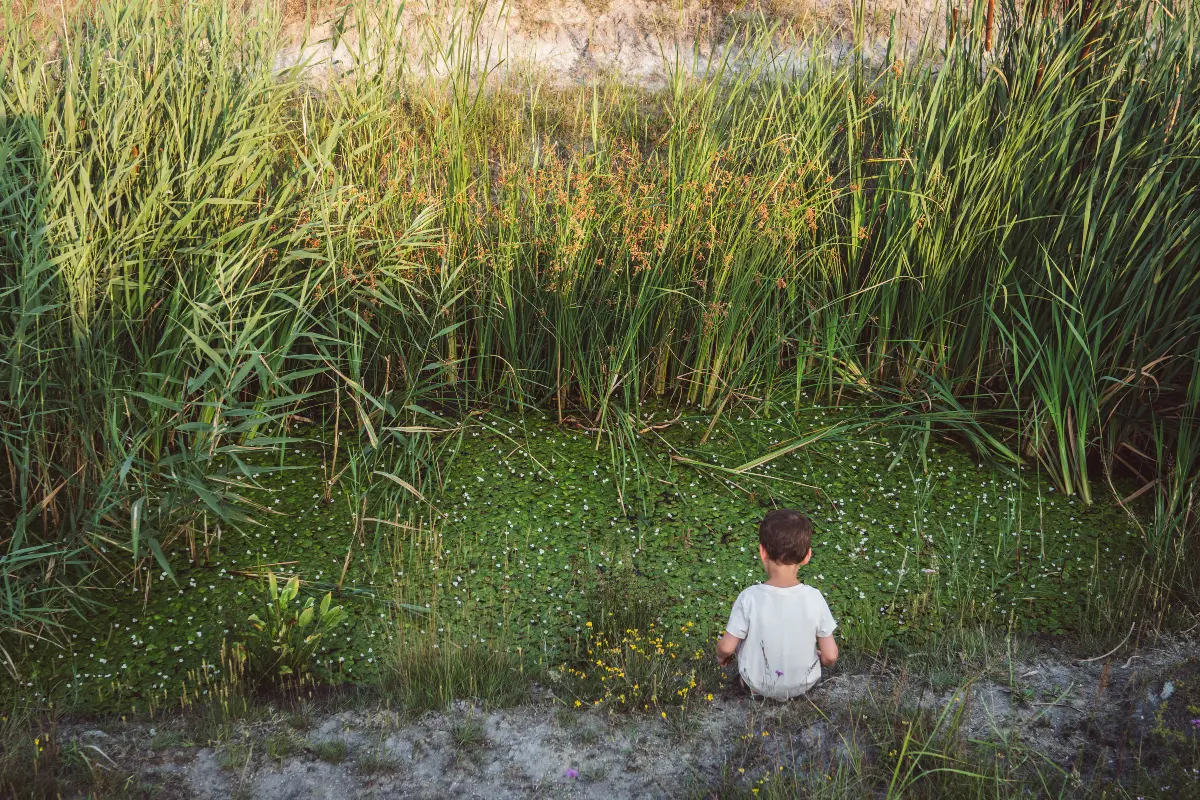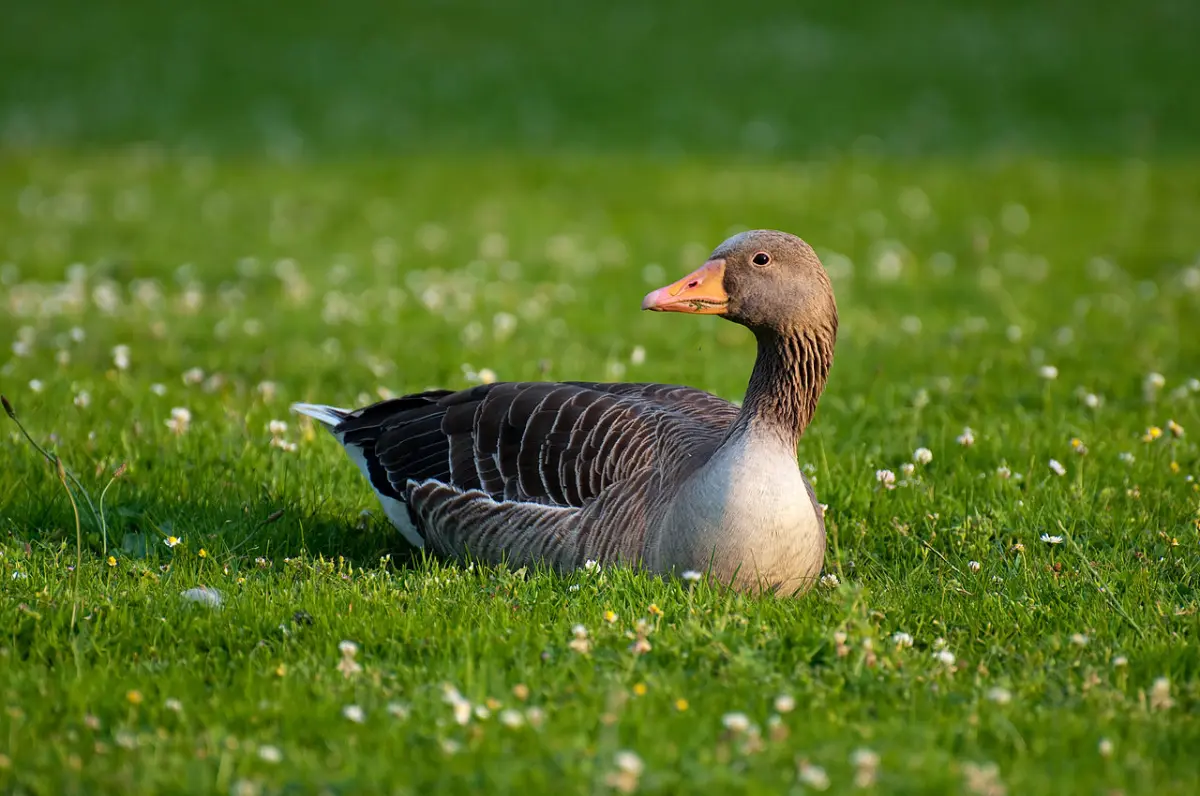
Helyszín címkék:
Special animals and their observation
Szabó Sára
“Blonde geese” in Mekszikópuszta
The summer goose, also known as the “blonde goose” by the people living in the Great Plain region, is the only wild goose that nests in our country. It builds its nests in reedbeds, grasslands and small islands, but takes its young to graze on coastal grasslands. You can see groups of them at all times of the year, as they usually overwinter in our lakes. From September onwards, nesting birds from further north (Poland, Germany) also flock along the Fertő, and from October to April, they fly in flocks of thousands to the cornfields in the mornings, mixed with sowing geese and greater white-fronted geese. This special animal is also a nice subject for photos: pink legs and beak, with dark grey plumage.
If you want a real spectacle, head to Mekszikópuszta! In this area, up to several hundred families of summer geese can be observed in May. Usually there are 3-6 chicks of a pair, but often many more are fledged.

According to Attila Pellinger, head of the Nature Conservation Department of Fertő-Hanság National Park, summer geese behave confidentially in protected areas and can therefore be observed at close range, only in compliance with the etiquette and unwritten rules of nature walking.



